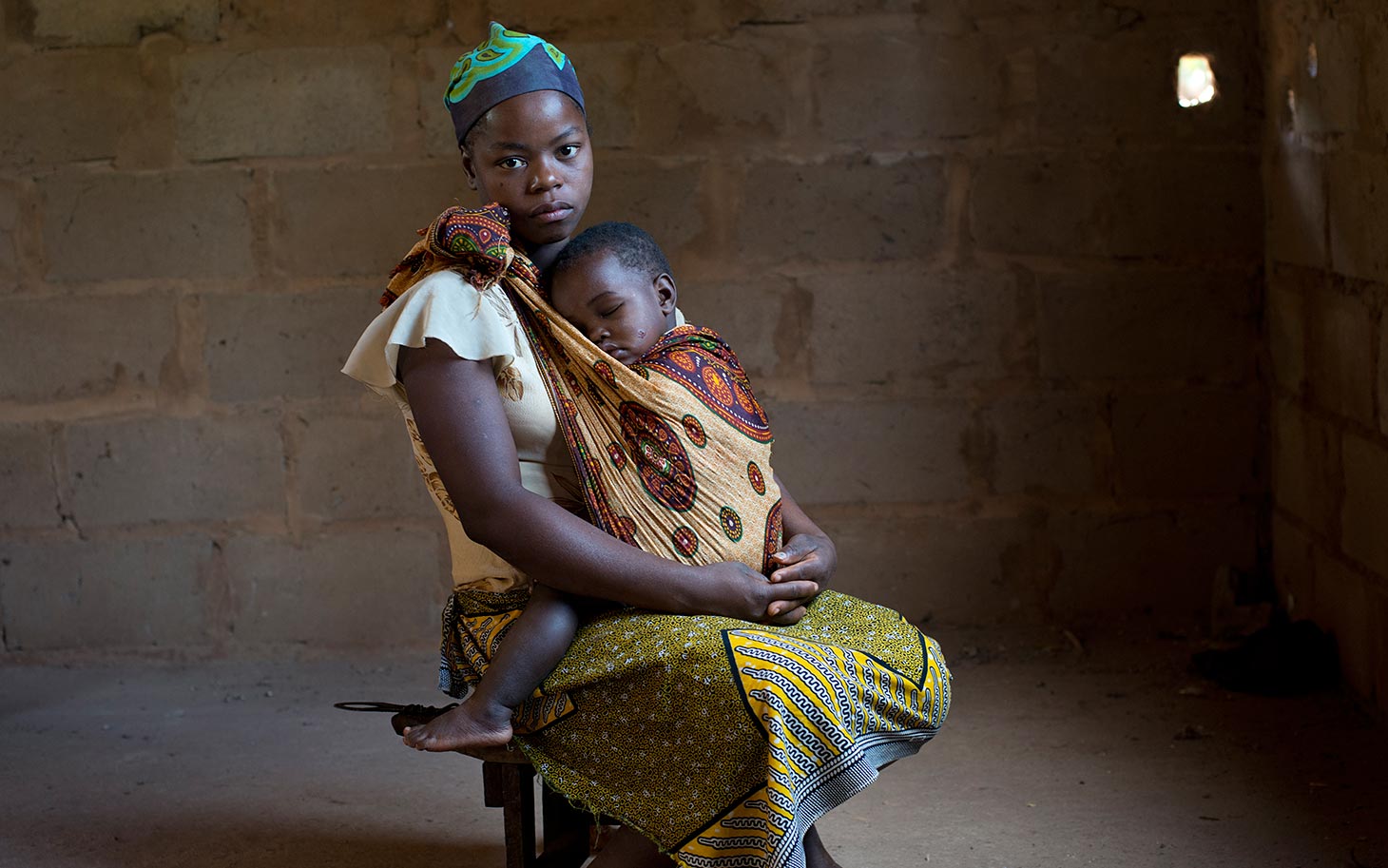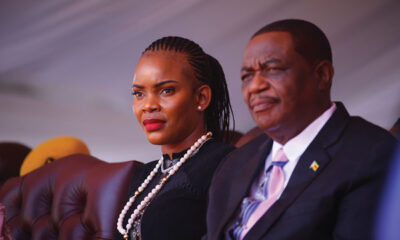MATTHEW MARE
THIS study reviewed this convention primarily to demonstrate how ambiguous legal terms are prone to manipulation.
Treaties, conventions, protocols must be designed in a manner in which they serve the intended purpose for which they were crafted.
The issue of the legal age of sexual consent and minimum age of marriage must be syncronised to ensure that there is harmony and no ambiguity between customary international law and civil international law.
The International Convention on Minimum Age for Marriage was reviewed by this study to establish whether, at a global scale, there is a stipulated minimum marriageable age for women.
The convention stipulates that no marriage shall be legally entered into without the full consent of both parties. Of concern to this clause is the use of subjective phrases which are open to subjective interpretation like the use of the term “both parties”.
Both parties can mean bride and groom, guardians or parents of both parties. The theology of Johanne Marange Apostolic Church (JMAC) encourages marriages within the church and that parents of both parties usually agree on behalf of their children.
Thus, in the JMAC, parents retain the right to determine their children’s marriage, including who to marry and the circumstances under which one can marry. In the JMAC, children are from a tender age groomed to be parents and at the age of 12 they are trained to be mothers, hence consent under such a doctrine is tantamount to perpetuating child abuse.
In addition, the convention urges member states to formulate legislation which limits minimum marriageable age and ensure that no marriage shall be entered into before the legal age of majority set out by the concerned state.
This is subjective as this clause can be abused by states as the minimum age limit has not been standardised. In Zimbabwe, there is a contradiction with regard to the legal age of majority; there is no harmony between customary and civil law.
Customary laws in Zimbabwe support the marriage of minors. In terms of customary law, a child can marry as long as he/she appears physically mature to get married. On that technicality, the JMAC theology, which use rites of passage as the basis for marriage, would be justified at law. The laws must be designed in a manner that does not bring legal ambiguities.
The convention also states that states should take appropriate action to abolish customs and ancient laws that infringe on children’s rights. The clause decrees that children should be able to make free choices. It makes reference to puberty as a transition to adulthood.
The study noted that obscure laws inhibit the rights of children because the aspect of puberty referred herein is very subjective and a child aged 10 years can undergo stages of puberty, and that should never be interpreted as indicative of the fact that child has become an adult and can make choices about marriage. In JMAC theology and doctrine, puberty is used to determine marriageable age and this has seen minors being married off to old people. Thus, some of the aspects in international conventions do not fully protect the rights of women and children.
The other clause in the convention directs states to establish appropriate penalties for offenders who abuse women and children. Whilst the clause identified the state as having the sole obligation to come up with appropriate measures that fully protect and guarantee the rights of women and children, the clause erred by making reference to an ambiguous term: “appropriate”. What is meant by the term “appropriate” referred to in the clause?
In JMAC, women and children are continuously having their rights infringed. The penalties present in Zimbabwe are not deterrent enough, and seem not to give women and children enough esteem and value. It can be argued that the state values chickens more than women and children since, for example, stealing a chicken (stock theft) has a mandatory nine-year jail term, yet child abuse can attract such penalties as a fine and community service.
Qualitatively, chickens in Zimbabwe are given more protection than women and children, hence the subjective use of terms like “appropriate” depicts a lack of seriousness in eradicating child abuse.
About the writer: Matthew Mare is a Zimbabwean academic who holds two bachelor’s degrees, five master’s qualifications and a PhD. He is also doing another PhD and has 12 executive certificates in different fields. Professionally, he is a civil servant and also board member at the National Aids Council of Zimbabwe.











